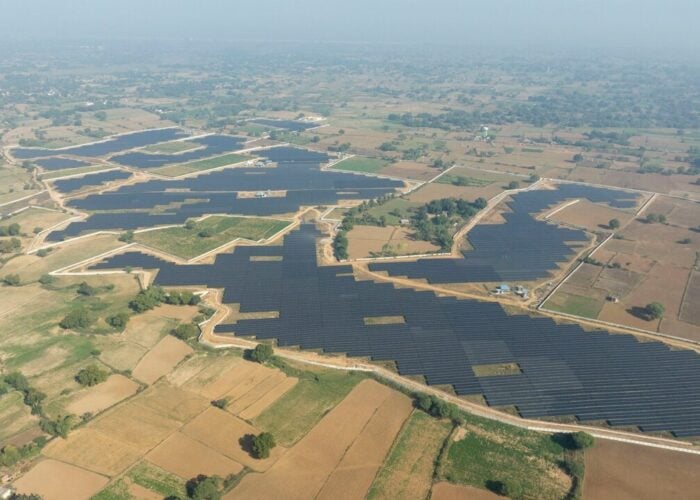
DuPont, the leading supplier of specialty materials in the solar energy industry, in collaboration with leading Italian provider of solar energy solutions Enerpoint, has developed a list of recommended best practices for rooftop PV arrays. These best practices are designed to provide safety and installation guidance to help ensure that the rooftop PV systems you install can perform reliably day after day for many years to come. DuPont has made these available as a free-of-charge resource to interested EPCs, rooftop installers and energy solutions providers.
These include:
Try Premium for just $1
- Full premium access for the first month at only $1
- Converts to an annual rate after 30 days unless cancelled
- Cancel anytime during the trial period
Premium Benefits
- Expert industry analysis and interviews
- Digital access to PV Tech Power journal
- Exclusive event discounts
Or get the full Premium subscription right away
Or continue reading this article for free
- Never walk on the modules; the glass may be resistant but micro-cracks on the cells may cause degradation of functionality over time.
- Always consider thermal expansion; avoid connecting more than 10 modules together.
- Do not leave exposed panels in short circuit; the failsafe of the array should be open circuit.
- Ensure that connectors are kept clean and away from water.
- Remember that the modules are always in tension when it’s sunny. Perform electrical connections starting from the inverter.
- Check the mechanical clamping of the modules on the structure and the tightness of the cables once a year.
- Check your installation – all connections, panels and inverters – on a sunny day with a thermal camera.
For more than 40 years, DuPont has been an industry leader in the research and manufacture of high-performance materials for photovoltaic panels. DuPont manufactures Tedlar PVF, a film for panel backsheets that has been proven in the field for 30+ years, and Solamet photovoltaic metallization paste materials, which optimize efficiency and yield for today’s solar cell designs.
To access this free resource, click here






